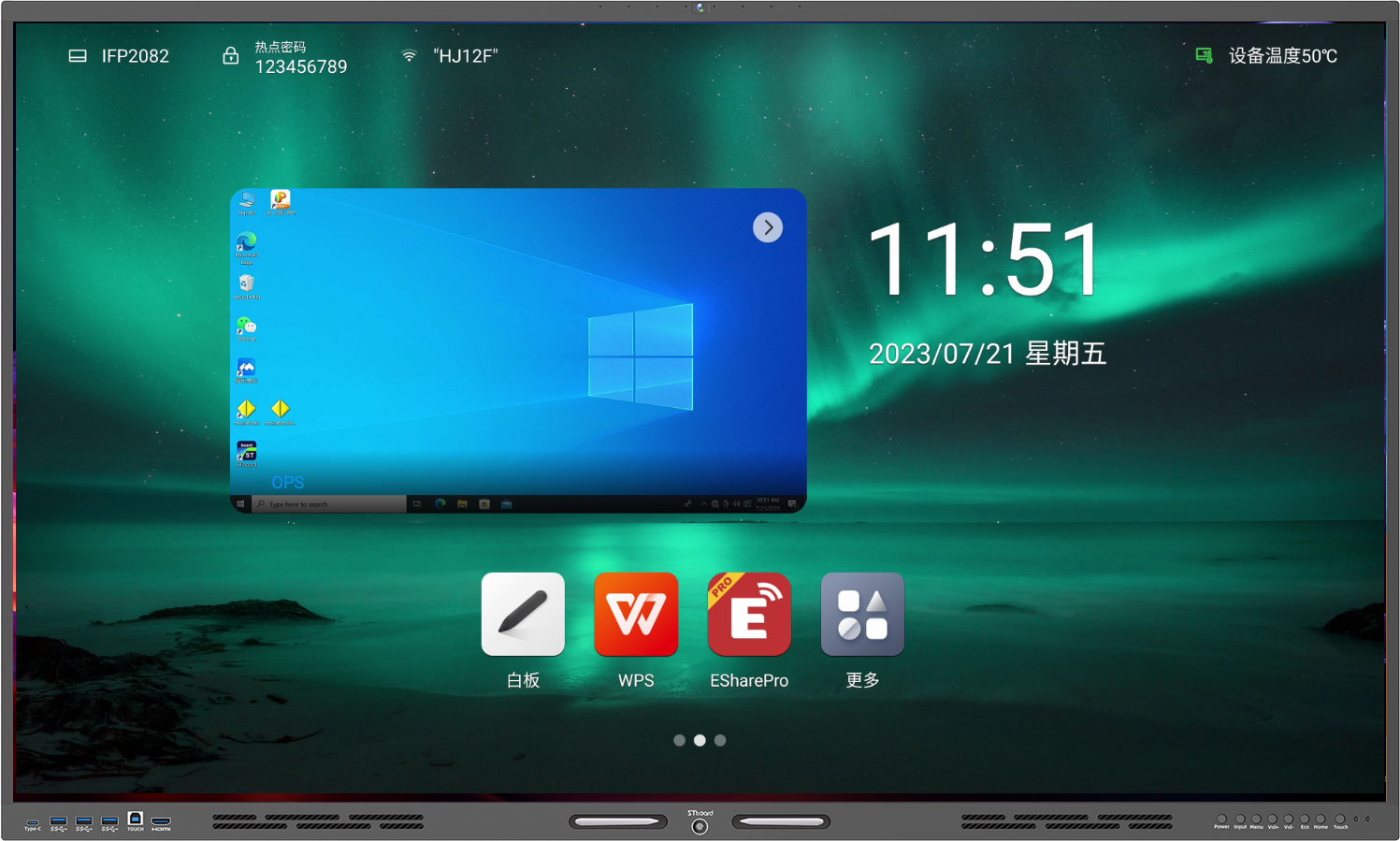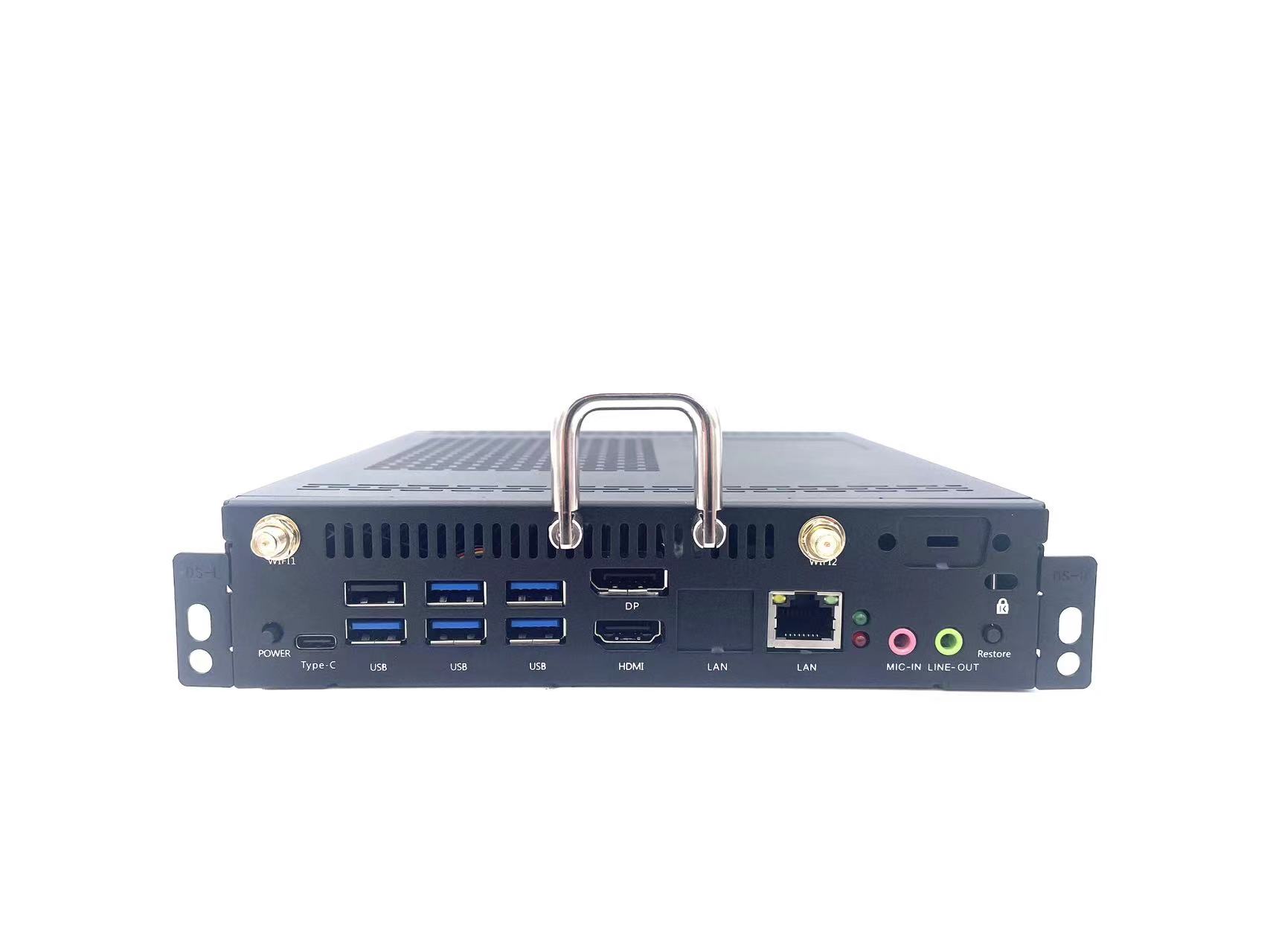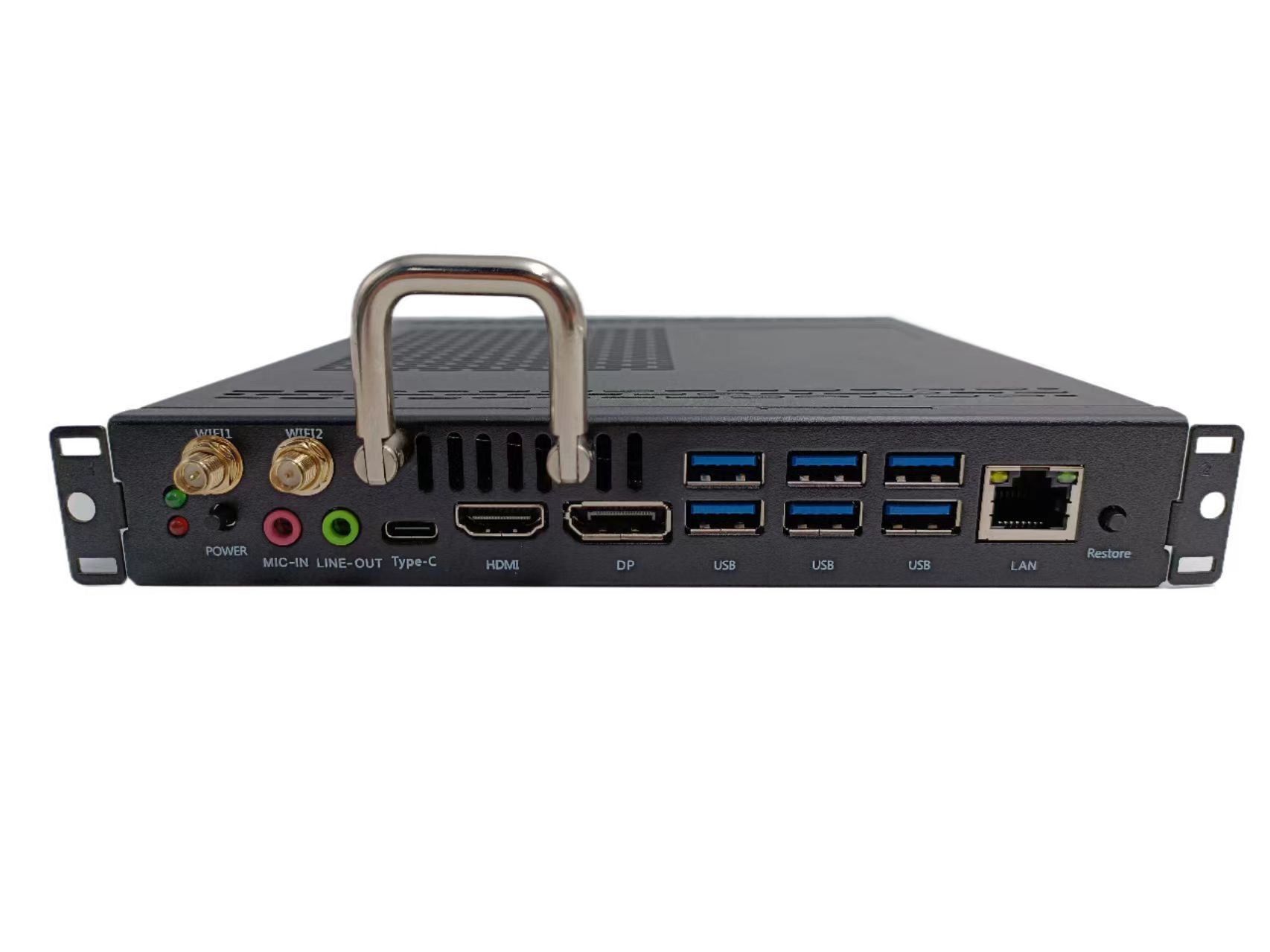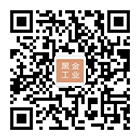Electronic Class SignboardIt is an intelligent interactive display device installed at the entrance of each classroom, used to display class information, publish campus information, and showcase campus class culture. It is an important platform for home school communication. Distributed management and unified control management can be achieved through the network, replacing traditional class boards and becoming an important tool for digital campus construction.
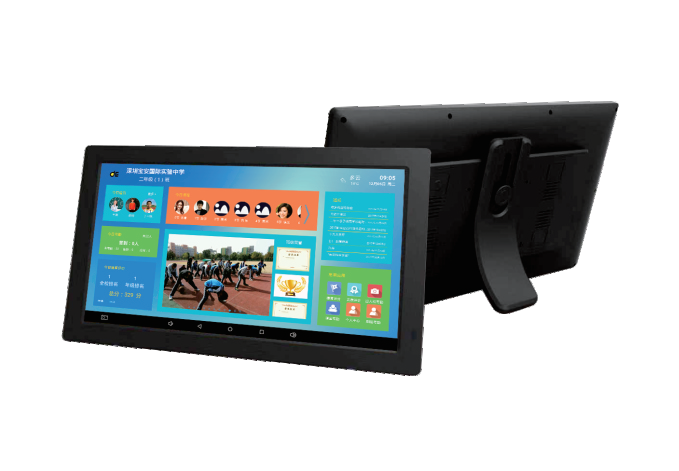
With the popularization of network informatization, electronic class cards have gradually spread to schools around the world and become the standard in the education industry. Why are they valued and widely disseminated? Today, let's follow the functional features of electronic class cards?
(1) Attendance Check in Function: During class, teachers and students can use the facial recognition function of the electronic class card to check in and check in. They can also use the campus one card for attendance. The system will automatically calculate the attendance status of all teachers and students, which can be viewed in the background at any time.
(2) Course schedule management: You can manually input course information tables, or connect to campus systems to import course schedule content, daily subject schedules, time arrangements, teaching staff, and more.
(3) Class information display: class name, class photos, class activities, class style, class works, excellent students, etc.
(4) Data statistics report: student personal information records, course summaries, classroom teaching records, public course records, etc.
(5) Exam room arrangement: When there is an exam, electronic class signs can be used to display information such as exam room seats, exam subjects, student seating arrangements, invigilation exams, exam time, exam room precautions, etc.
(6) Activity voting and questionnaire survey: When the school has an activity, a voting column can be set up in the electronic class board. Students can enter the student end of the electronic class board to vote, and the voting results can be automatically counted. Questionnaire adjustment is also of the same nature.
(7) Information Release: Daily campus information release, school emergency notices, holiday notices, course adjustment notices, activities, recognition of outstanding students, etc.
(8) Daily information: Display campus news, extracurricular reading materials, current affairs news, lost and found items, lost and found notices, weather, time, etc.
(9) Classroom feedback: After class, students can provide feedback and suggestions on the current classroom, promote communication between teachers and students, improve teaching methods, and enhance teaching quality.
(10) Home school communication: Teachers, parents, and students can leave messages to reply to previous communication and strengthen communication between parents and schools.
The content posted on the electronic class board can be managed by the school, or permissions can be assigned to the class teacher for the class to manage daily content publishing. Campus public resources are uploaded and shared by the school's academic administrator to the system backend. Class content can be independently edited and uploaded by the class. It supports text, images, videos, audio and video, as well as document methods, and is flexible and convenient. The display interface of the electronic class board can be customized.





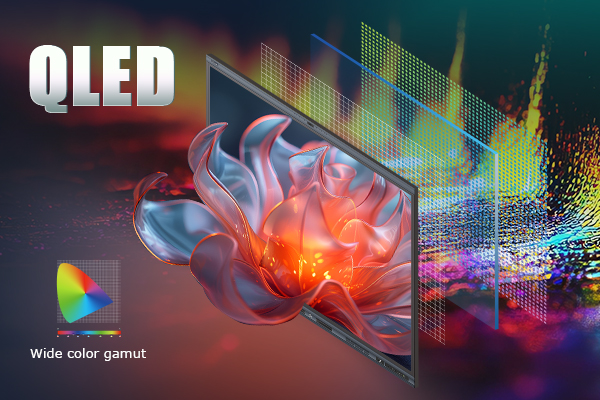

.png)

